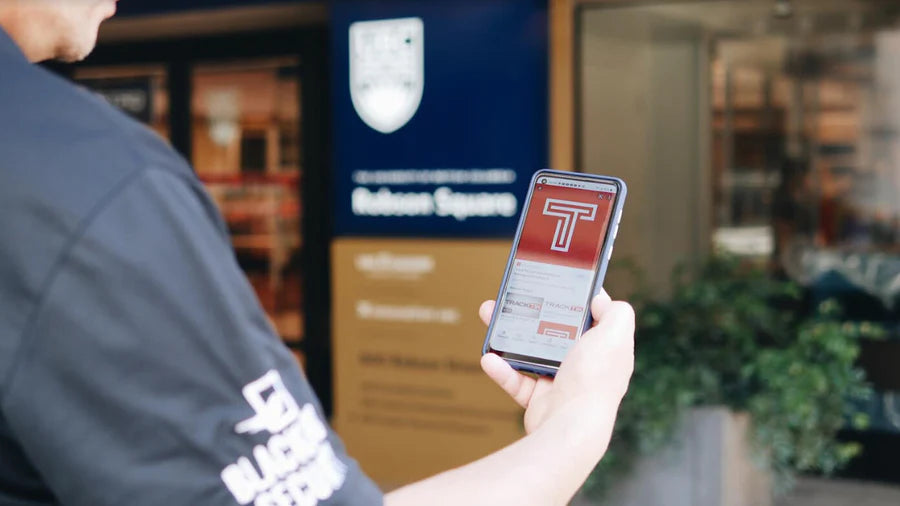How to Handle the Aftermath of Theft
If you’re a business owner within the world of retail, you may be accustomed to the idea of theft, shoplifting and inventory loss. Perhaps you’ve already experienced theft, or maybe you’ve been working hard to avoid it and protect your business. Either way, it’s something that you will encounter or will have to consider at some point. Ideally you’ll be able to avoid any major instances of theft, but should you find yourself dealing with the aftermath of a break-in or instance of theft, here are some tips:
Analyze
The first thing that you should do after theft occurs is collect all the facts. It’s important to note that there are different types of theft. Shoplifting is what we often think of first, but things like employee theft and return fraud should also be taken into consideration as significant sources of retail loss. Once you’re aware of an instance of theft, do a thorough search and make note of anything that was stolen, damaged or otherwise impacted during the incident. If you have video footage, system monitors or online security in place, access your account history or activity logs and watch through your security footage. Identify where the thief gained access, how they behaved up to and during the incident, where staff members were at the time and how the perpetrator was successful prior to being caught.
It’s good practice to make note of anything else of significance that was happening at the time - perhaps the store was especially busy or maybe multiple staff members were tied up in a team meeting. These additional factors can sometimes play a role in someone’s ability to get away with theft. If you don’t have security footage, speak to managers or security guards who were working at the time in order to obtain as much information as possible. Identifying exactly what occurred and how it occurred will be instrumental in avoiding repeat instances.
Evaluate
Theft unfortunately happens often within retail. It’s important to consider each instance as a learning experience, and to make changes in order to avoid similar instances in the future. The best response to theft is a proactive plan that will stop it before it happens. Take the information that you obtained when overviewing the situation, and consider it from all angles. Recovering from theft, while not a pleasant experience, provides the perfect time to reevaluate your security strategy and make some changes. As mentioned in last weeks’ blog post, consider your use of technology - is it time to upgrade, introduce some additional equipment or look towards remotely accessible systems? Perhaps there are peak hours or seasons that require the assistance of additional on-site security guards. No matter what the specifics of your scenario are, take the time to do a full security analysis and identify where your weak points are so that you can improve.
Communicate
Once you’ve analyzed the situation and developed a forward-thinking plan of action, be sure to communicate this fully. Small instances of shoplifting may occur regularly, but in the case of a more significant theft, a debrief can be useful. Let staff know what happened, how it was dealt with and what will be done moving forward. Be especially clear on how any new plans, procedures or security systems will change staff roles or responsibilities. It’s also a valuable practice to take feedback from your employees. They may have good insight on the situation from a unique perspective, and may have good suggestions to provide. In the case of employee theft, it’s important to reiterate company policies and let employees know that theft of any kind will not be tolerated.
Theft is a common, but avoidable occurrence within the world of retail. Take each instance as a learning opportunity and always look for ways to improve your security systems and procedures. If you need assistance with your security plans or undertaking a security audit, don’t hesitate to contact us today.







